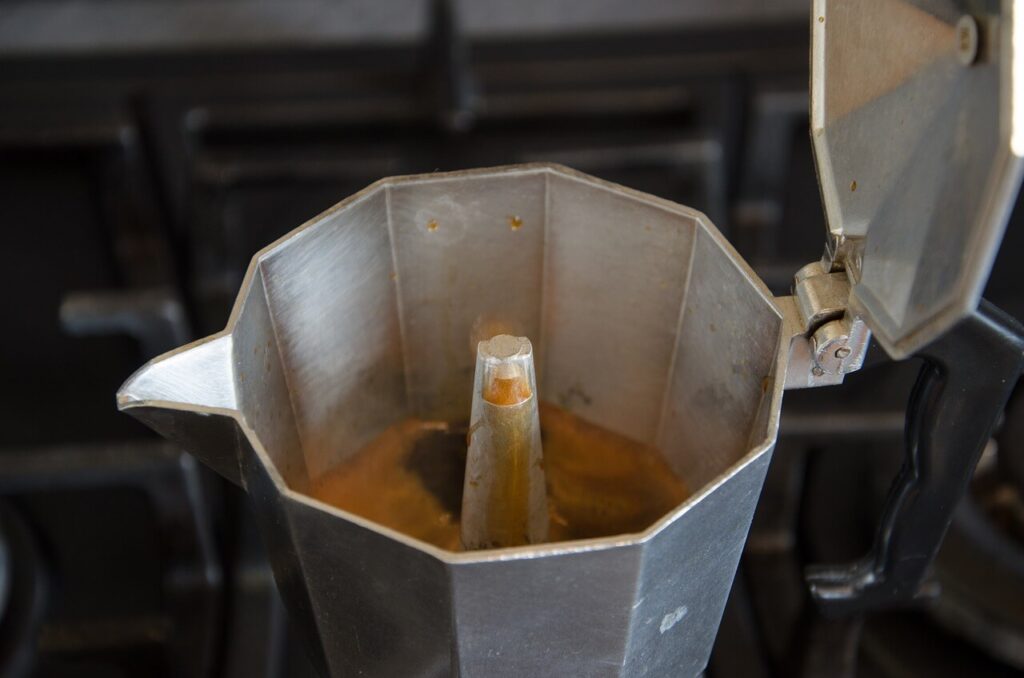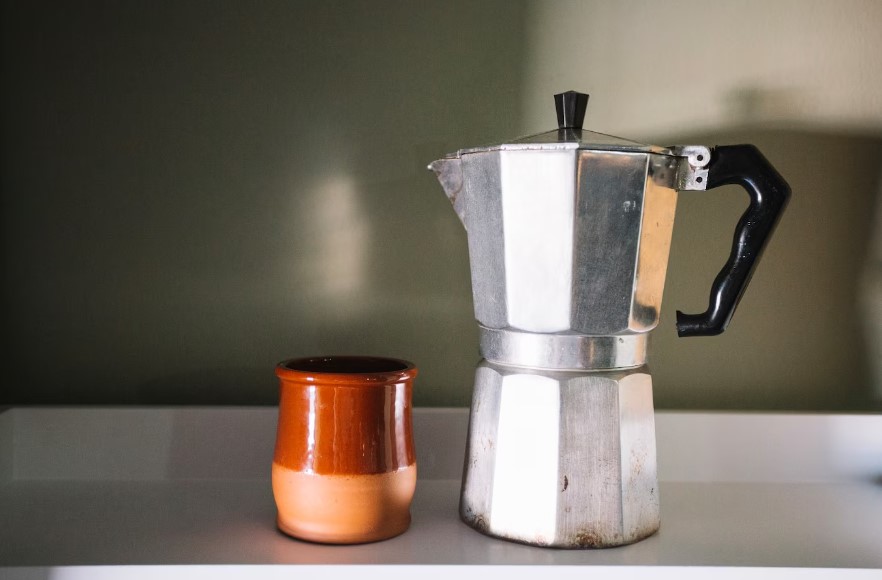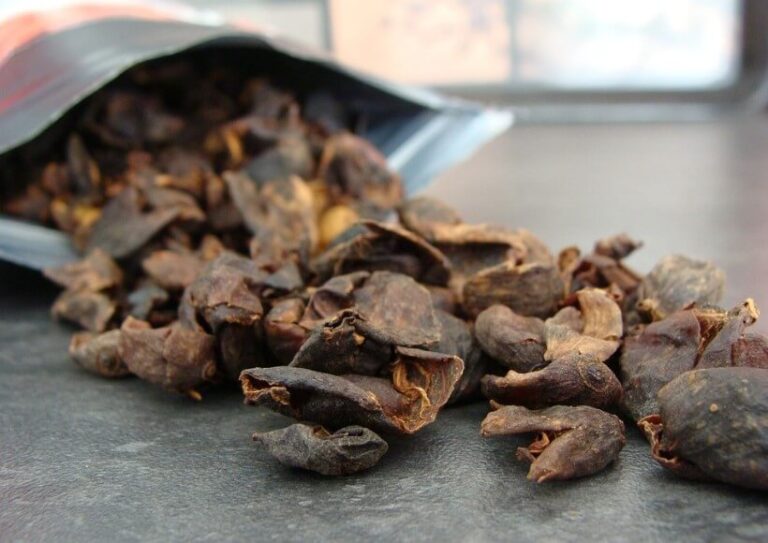Coffee is essential to start the morning, and it becomes even more challenging when you forget to clean your Moka pot. I already have an article about how to use moka pots and even have a review about my favorite one: the Bialetti Moka Express. Now, let’s see how to clean a Moka Pot.
The Ultimate Moka Pot Cleaning Guide
A dirty Moka pot can affect not only the taste of your coffee but also your health, as it can contain bacteria and mold. How often should you clean your Moka pot? Ideally, after every single use!
How to Descale a Moka Pot?
Some descaling tactics you can use at home. You may be already descaling your Moka Pot like this. But are you doing it correctly?
Are you cleaning the Moka pot with vinegar or citric acid?
If you don’t clean your Moka pot regularly, it can become limescale-ridden, moldy, and “stale.” In that case, you can use a mixture of vinegar and water (2:1 ratio) for cleaning. Alternatively, you can use citric acid (one tablespoon per liter of water).
Afterward, let the liquid dissolve in the Moka pot for 15 minutes. Then rinse the Moka pot components with lukewarm water and clean the tool. Before making coffee again, brew plain water 2-3 times to avoid any vinegar aftertaste.
Descaling with Baking Soda?
You can similarly use baking soda, dissolving it in water to remove limescale. After letting the coffee grounds soak, rinse it again with lukewarm water and brew normal water to prevent unpleasant aftertaste.

Cleaning your Moka pot is quite simple
Some suggest cleaning the Moka pot with vinegar once a month, but I like to follow the traditional Italian methods.
Clean the coffee maker with clean water only. Do it asap, after your brew is ready. Additionally, only use pH-neutral cleaning agents; specific cleaners are designed for this purpose.
How to wash the moka pot?
Disassemble the Moka pot, pour hot water over it, then use your hand or a detergent-free sponge to remove any remaining coffee grounds. Finally, wipe it dry with a kitchen towel. Don’t let it dry on its own!
Another essential point: replacing the rubber gasket inside the Moka Pot every six months is a must, as worn-out gaskets can release steam, leading to reduced pressure.
The Moka pot is a fantastic little tool, and by following these basic rules, you can avoid having a burnt-tasting drink.
If you use tap water, it’ll be harder to descale moka pot
You need suitable water to bring out the best flavors in your coffee. Regular, bottled, or BWT pitcher-filtered water can yield a better-tasting drink. However, use coffee-specific water to be a true pro and get the most out of your coffee!
This is not just about taste. Hard tap water quickly causes limescale build-up in your equipment. High-quality filtered water significantly reduces this risk.
Can you put a moka pot in the dishwasher?
No, you should not put a Moka pot in the dishwasher. Moka pots are typically made of aluminum or stainless steel, and the harsh conditions inside a dishwasher can damage the pot and its components.
The
- high temperatures,
- strong detergents,
- and intense water pressure
in dishwashers can strip off the protective coatings and cause warping or discoloration.
Additionally, the dishwasher may need to effectively clean a Moka Pot’s tight spaces and crevices, leading to the potential buildup of coffee residues or mineral deposits.
Clean your Italian Coffee maker like a pro!
The best way to clean a Moka Pot is by hand.
- Disassemble the parts,
- wash them with warm water,
- and use a soft brush or sponge to clean any hard-to-reach areas.
- Rinse thoroughly and allow the pieces to air dry before reassembling the Moka Pot for future use.




